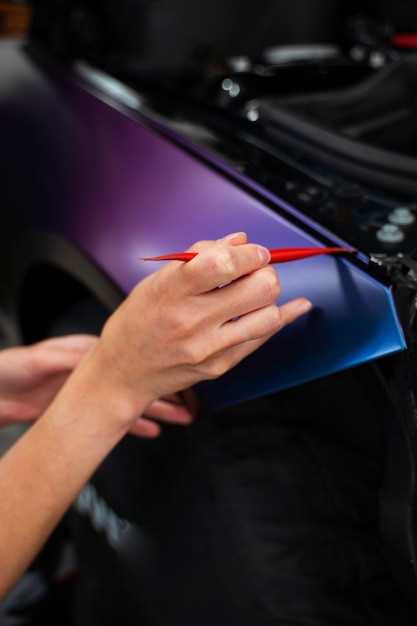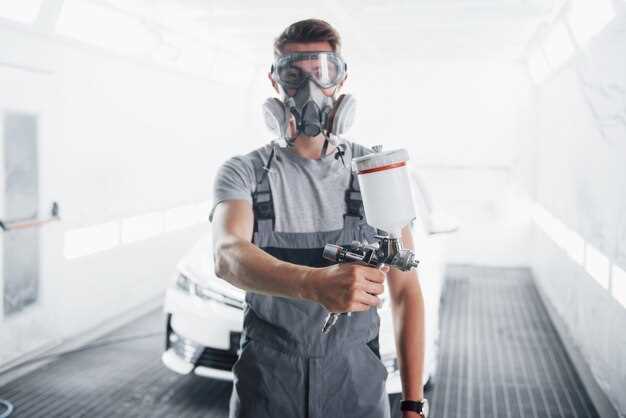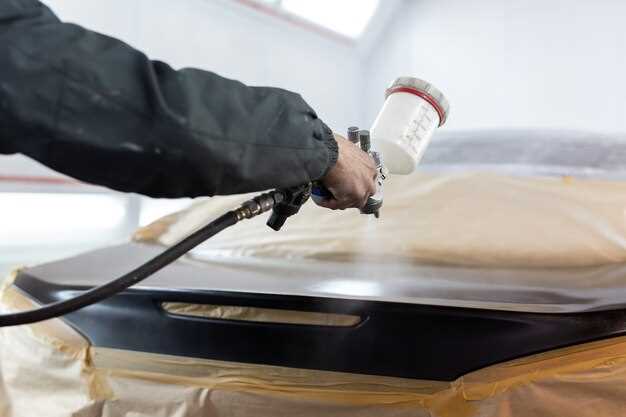
When it comes to automotive painting, the clear coat is an essential element that significantly impacts the overall finish of a vehicle. This top layer of protection not only enhances the visual appeal but also serves critical functional roles. A high-quality clear coat can provide an added barrier against environmental damage, UV rays, and contaminants that could otherwise compromise the integrity of the color coat beneath.
The coat of a vehicle’s paint system is often regarded as its first line of defense. Without a clear coat, the vibrant colors of automotive paint can fade quickly, leading to a dull appearance. Furthermore, the clear coat enhances the depth and clarity of the underlying pigments, giving the vehicle an attractive shine that catches the eye of onlookers. Proper application and maintenance of this layer are crucial for preserving the vehicle’s aesthetic and market value over time.
In addition to its aesthetic functions, the clear coat plays a vital role in protecting the vehicle’s paint from scratches and abrasions. The durability offered by a well-applied clear coat ensures that minor defects don’t mar the beauty of the finish. Investing in a quality clear coat may initially seem like an additional expense, but the long-term benefits far outweigh the costs, making it an indispensable aspect of automotive painting.
How Clear Coat Enhances Paint Longevity
The clear coat serves as a vital protective layer in automotive painting, significantly contributing to the longevity of the paint finish. This transparent layer guards against various environmental factors, such as UV rays, moisture, and chemicals that can cause deterioration over time. By applying a clear coat, the underlying paint is shielded from fading and oxidation, ensuring that the colors remain vibrant and true for an extended period.
Additionally, the clear coat provides a barrier that resists scratches and minor abrasions, which can compromise the integrity of the paint finish. This protective feature is particularly important for vehicles that are frequently exposed to harsh conditions or heavy use. Without a clear coat, even minor damage to the paint surface can lead to peeling and chipping, drastically shortening the lifespan of the overall finish.
Moreover, the clear coat enhances the visual appeal of the vehicle. Its glossy finish not only adds depth to the color but also creates an eye-catching shine that enhances the overall aesthetic. This polished look can add to the vehicle’s resale value, as a well-maintained finish is a key factor for potential buyers.
In summary, the application of a clear coat is essential for improving paint durability. It provides a crucial protective layer that safeguards against environmental damage, enhances the appearance of the finish, and contributes to the overall longevity of automotive paint systems.
Methods for Proper Application of Clear Coat

The application of clear coat is crucial for achieving a durable and protective finish on automotive surfaces. To ensure optimal results, follow these methods meticulously.
First, prepare the surface thoroughly by cleaning it with a degreaser to remove any contaminants. Sanding the surface with fine-grit sandpaper can also help to create a smooth base for the clear coat, improving adhesion and ensuring an even finish.
Next, selecting the right clear coat type is essential. There are two main types: solvent-based and water-based. Solvent-based clear coats generally provide a more durable finish, while water-based options are more environmentally friendly. Choose according to your project needs and local regulations.
Before application, ensure that you are working in a well-ventilated area to avoid harmful fumes. The ideal temperature for applying clear coat is typically between 60°F and 80°F (15°C to 27°C). Humidity levels should be low to prevent issues with drying and curing.
When applying the clear coat, use a high-quality spray gun to achieve an even coat. Hold the spray gun at a consistent distance of about 6 to 8 inches from the surface. Apply the clear coat in multiple light layers rather than one thick layer to avoid runs and drips while ensuring complete coverage.
Allow each layer to flash off properly before applying the next. Follow the manufacturer’s recommended drying times for best results. After applying the desired number of coats, let the clear coat cure completely, which can take from several hours to a few days depending on the specific product used.
Finally, after the clear coat has cured, polish it to enhance the gloss and smoothness of the finish. This step not only improves the aesthetic appeal but also adds an additional layer of protection to the vehicle’s surface.
Identifying Damage and Maintenance of Clear Coat Finish

Maintaining the integrity of the clear coat finish is essential for the long-term protection of your vehicle’s paintwork. Over time, various environmental factors can lead to damage that compromises both the aesthetic and protective qualities of the clear coat. Identifying these damages early can help you implement appropriate maintenance strategies.
Common signs of damage include dullness, fading, and the presence of swirl marks. Dull surfaces indicate that the clear coat may have experienced UV degradation, while fading suggests a loss of its protective properties. Swirl marks and scratches can occur due to improper washing techniques or exposure to abrasive materials. Regular inspections can help identify these issues before they escalate.
To maintain the clear coat finish, regular washing with pH-balanced car soap is recommended, along with microfiber towels to prevent scratching. Applying a high-quality wax or sealant can provide an additional layer of protection against environmental contaminants such as bird droppings, tree sap, and UV rays. Furthermore, consider using ceramic coatings for enhanced durability and longevity of the clear coat’s protective capabilities.
Repairing minor damage, such as small scratches or scuffs, can often be achieved through polishing, which helps restore clarity and smoothness. For more severe cases, professional detailing or repainting may be necessary to ensure complete restoration of the vehicle’s finish. Ultimately, consistent care and attention to the clear coat will enhance your vehicle’s appearance and prolong the life of its paintwork.






